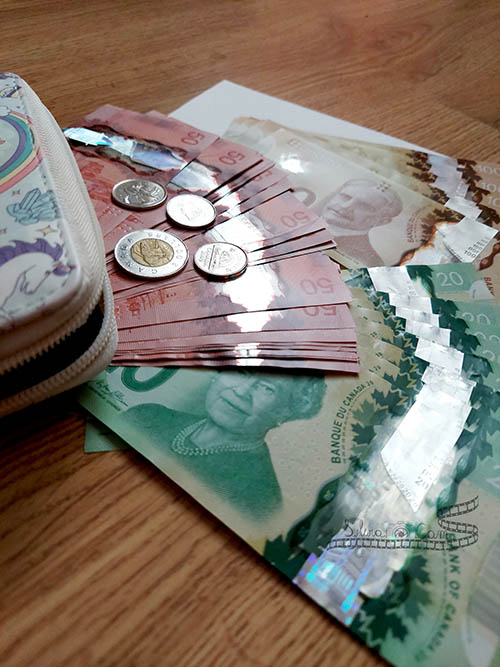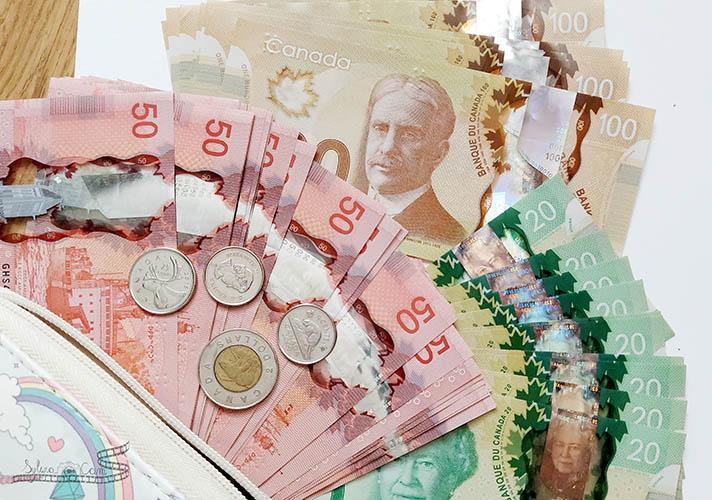Multicolored, partially transparent money that smells like maple. This is how you can describe Canadian dollars in a nutshell.

The Canadian Dollar is one of the currencies that has been updated, and now Canadian dollars are not printed on paper but on polymer.
According to various sources, polymer banknotes are more resistant to damage than traditional banknotes. Polymer banknotes are better for the environment as they don’t have to be reprinted and replaced as often. I leave this for you to judge…

When polymer money was introduced into circulation in Canada, voices began to appear that the new banknotes smell like maple syrup. The Bank of Canada has not confirmed that any scents have been added to the banknotes, and the sensation of a maple scent may be triggered by a strong emotional bond with the maple leaf country.
When I pick up a new $ 100 bill, I can smell a hint that actually smells like maple syrup.
From a practical point of view:
Personally, I find the plurality of circulating versions of the Canadian dollar quite confusing, especially for those traveling to Canada. I have repeatedly wondered if the version of the dollar that I bought in an exchange office in Poland is the right one. Old dollars can be exchanged at a bank in Canada, however, this is not something the tourist would like to do in the first place after arrival at the maple country.
As far as the structure of the banknotes is concerned, they are visually pleasant, but quite difficult to hide in a wallet, as they don’t necessarily bend well. However, after a while in circulation, they lose their attractiveness. They look a bit like a crumpled foil binder.


Other interesting facts about polymer banknotes:
- The Canadian dollar literally melts in the heat. On the Internet, we can find stories of people who threw laundry banknotes into the dryer or left them in a too warm place, which caused the banknotes to stick together and melt
- the maple leaf symbol represents Norwegian Maple, not Canadian Maple Leaf
- the new banknotes have reduced the number of images of women on the banknotes as compared to the images of men
Paper banknotes, such as the Polish zloty, are still usable after washing. Whereas polymer banknotes can be damaged by high temperature.
Written by Sylwia S.
